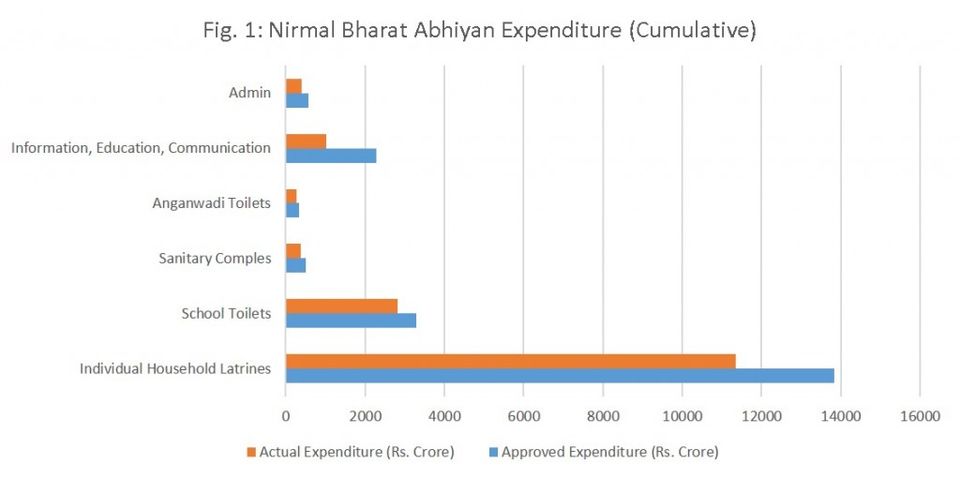Sanitation Update: India struggles on Millenium Development Goals, Economic Survey punches holes
— Blog Post — 2 min read
The new government came out with its first Economic Survey. The economic survey is released by the Finance Ministry every year just before the annual Budget of the Indian government (which was delayed this year because of the elections). The Economic Survey, in its Chapter 13, which is on Human Development, argues:
Rural sanitation being a state subject, it is necessary for the state governments to accord high priority to the programme. Though most states have included the TSC in their programmes, financial allocations for sanitation are often not adequate on account of lack of priority attached to the programme which often takes a backseat to water which is a more politically important issue.
There has been less emphasis on capacity building and IEC (information, education and communication) activities which is needed at the cutting-edge level for implementing a demand-driven project. The implementation machinery at field level, which is quite familiar with the working of supply-driven target oriented schemes needs to be further sensitized to the challenges of this demand-driven approach.
This is exactly correct, and rice, based on the findings of the SQUAT survey, has been arguing for both an massive campaign, perhaps something even bigger than the Pulse Polio campaign, to change people's minds to end open defecation, as well as for dedicated staff at the district and block level to encourage latrine use in India's rural areas.
The Ministry of Drinking Water and Sanitation's Nirmal Bharat Abhiyan's expenditures certainly prove this point. Figure 1 shows cumulative expenditures in different components of the Nirmal Bharat Abhiyan, calculated from the website of the NBA (see here and here).
[caption id="attachment_1629" align="aligncenter" width="480"]
 Nirmal Bharat Abhiyan Expenditure[/caption]
Nirmal Bharat Abhiyan Expenditure[/caption]
The Bar Chart shows that while the ministry approved most of its funds to build toilets, it approved little to promote behaviour change as part of its "Information, Education, Communication" component in the NBA. Moreover, most of the money allocated for Individual Household Latrines, Sanitary Complexes, Anganwadi or School toilets was actually spent. Not even half of the money allocated for IEC activities, on the other hand, was spent.
No wonder that in the latest report by the UN on the achievement of the Millenium Development Goals, India is trailing on sanitation. DownToEarth, the environment magazine which is among the few media sources in India that really cares about sanitation, also quoted the SQUAT Survey while discussing the MDGs on Sanitation:
To make matters worse for the country’s reputation, a recent study conducted by the Research Institute for Compassionate Economics, Uttar Pradesh, claims that in 40 per cent of rural households in Bihar, Madhya Pradesh, Uttar Pradesh, Haryana and Rajasthan, which have a functional toilet, at least one member chose to defecate in the open. At least 30 per cent of the world’s population, which defecates in the open, live in these five states alone.
Today is budget day, and we will be looking at the budget to see if there is anything that we like. We remain hopeful.